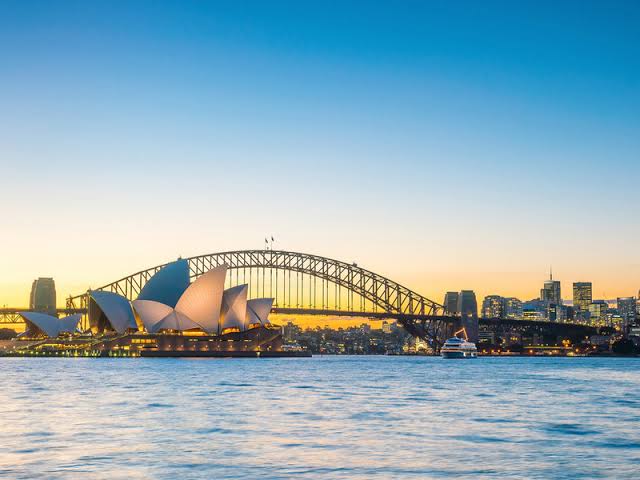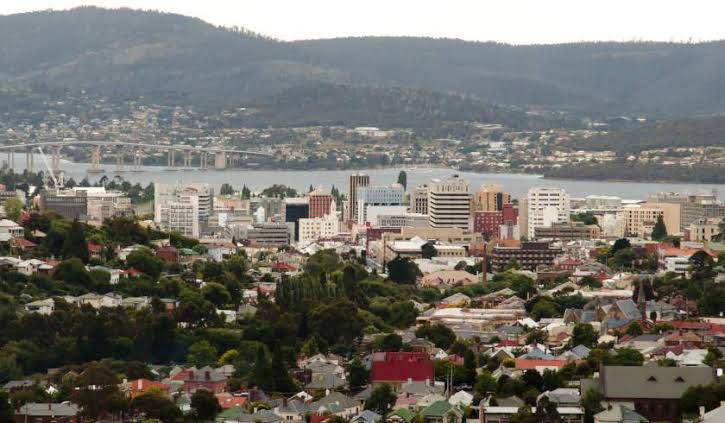While property estimations in the USA, UK and numerous western European nations have fallen altogether during the worldwide monetary emergency – Australian property estimations have held up moderately well. Truth be told middle house costs in some Australian markets have really expanded during 2009. For real estate you may visit Best Profit Real Estate Investing Even in a Recession In Australia 2020
It is intriguing to take note of that Australian property costs encountered some ‘redress’ while costs in other western nations kept on climbing abruptly in the number one spot up to the Global Financial Crisis. In 1999 the Sydney middle house cost was $295,000 and a pinnacle was knowledgeable about 2004 when the middle Sydney cost came to $596,000. Today it is around $566,000.
There are numerous components that impact property costs in any free market. These incorporate hidden request and supply, just as financing costs, and government approach and guideline. Australian property costs have encountered upwards pressure from every one of these sources throughout the most recent two years. These components have stayed away from a huge fall in values in Australia.
Progressing Demand For Australian Property
There is a net increment sought after for lodging in Australia. The biggest wellspring of this interest is from individuals moving to Australia. From 2007 to 2008, the Australian Bureau of Statistics reports that Australia’s populace developed by more than 400,000 individuals (or 1.9% of all out populace). Over 60% of this expansion was from abroad movement to Australia.
All the more episodically, there is likewise a continuous basic move in Australia’s family structure, towards less tenants per staying. That is, there are expanding quantities of single-inhabitant and two-tenant abodes.
Australia’s net relocation inflow and the transition to less tenants per staying are giving a continuous auxiliary interest to lodging in Australia. This interest, from new mortgage holders and leaseholders, puts an upward weight on rents and property costs.
Supply Disequilibrium
An enormous extent of Australia’s populace is housed in its capital urban areas and on the eastern seaboard, from Melbourne to Sydney and north to Queensland’s Sunshine Coast. While Australia is perhaps the biggest nation on the planet, there are huge requirements on the accessibility of land for new lodging in these most populated zones. The outcome, in places like Sydney, has been a pattern towards higher thickness lodging, involving condos and townhouses in the internal rural areas and littler house parts in the more up to date rural areas, further from the city.
The expenses related with new lodging advancement are huge, on the grounds that state governments and neighborhood specialists expect engineers to subsidize nearby framework. These ‘on-costs’, over the expense of the genuine structure, decrease the engineers’ overall revenues and are either given to the end-customer through more significant expenses, or result in ventures being racked as uneconomic.
Banks and other budgetary organizations have additionally drastically diminished their loaning to Australian manufacturers and property designers, bringing about less new houses and lofts being developed.
Low Interest Rates and Government Policies
Generally low acquiring rates, through less expensive home loan rates, have kept up a story on Australian property costs. There has additionally been some exchanging of speculations by certain Australians following the beginning of the Global Financial Crisis, from value markets into land, which is frequently seen as being less hazardous.
Also, the legislature has given budgetary help to qualified Australians to purchase their first home. This has directly affected property costs up to around $600,000, and less straightforwardly on the remainder of the commercial center as different mortgage holders overhaul their homes.
Where to from here?
The RBA has just expanded financing costs in Australia by 0.25%. Furthermore, the administration has begun to twist back its first property holder awards. While these elements have had an upward effect on costs in the course of the most recent year and a half, nobody is anticipating a drop in house costs in Australia because of these two changes.
Australia’s request and supply irregularity is foreseen to proceed. Australia has a progressing arrangement of empowering abroad relocation, which keeps on dwarfing Australia’s normal populace development (for example births in Australia). What’s more, there are no basic changes known to be in the pipeline to drastically expand the inventory of new lodging in Australia’s most populated focuses.
A few observers see Australia’s property costs as excessively high comparative with reasonableness and comparative with the value falls in different nations during the Global Financial Crisis. This might be over-oversimplified, be that as it may, if consideration isn’t paid to the fundamental request and supply factors affecting house costs in Australia.



